Snacking is a popular activity and is avoided by many people around the world. Although it feels good, some people choose to avoid snacking for fear of the adverse effects caused, such as weight gain.
Apart from its effects, in Indonesia, snacking is quite popular. In fact, in 2019, the light food industry is developing faster than the food and beverage industry.
What are the habits of Indonesian people when snacking? Let’s look at a survey conducted by Licorice!
Survey period: May 2, 2018 – September 2
Respondents: 500 Indonesian men and women, aged between 10-59 years old
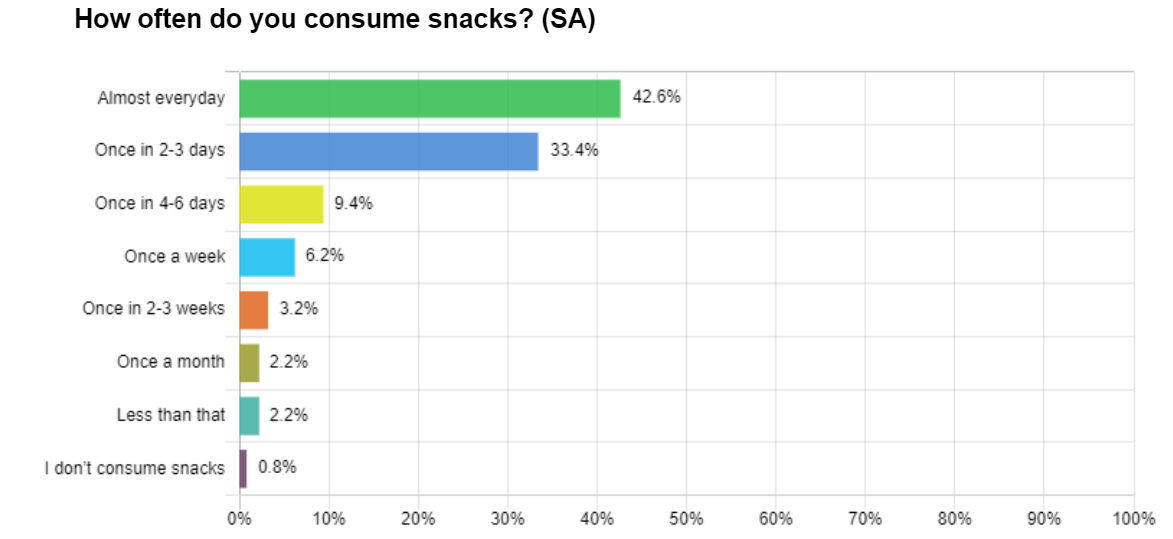
Indonesian loves snacks. Based on the survey, 42.6 percent of Indonesians even snack as daily activities.
As a child, Indonesians used to buy snacks at a grocery store near their house or school (in Indonesia, it is called ‘warung’). They continue the habit until leveling up to be able to snack at work as an adult.
Once working, Indonesian snacking habits do not necessarily stop. Although eating the same snacks, but adults will tend to buy snacks with a particular ‘brand’ to keep up with trends.
For example, dried macaroni snacks. If in Europe, macaroni is used as a staple food. In Indonesia, the macaroni will be fried dry and become a kind of cracker for snacks.
Dry macaroni purchased by school-age children is usually packaged improvised without a brand. These products are sold at meager prices. Between IDR 500 to IDR 1,000 for one packet (around 0.032 USD to 0.064 USD).
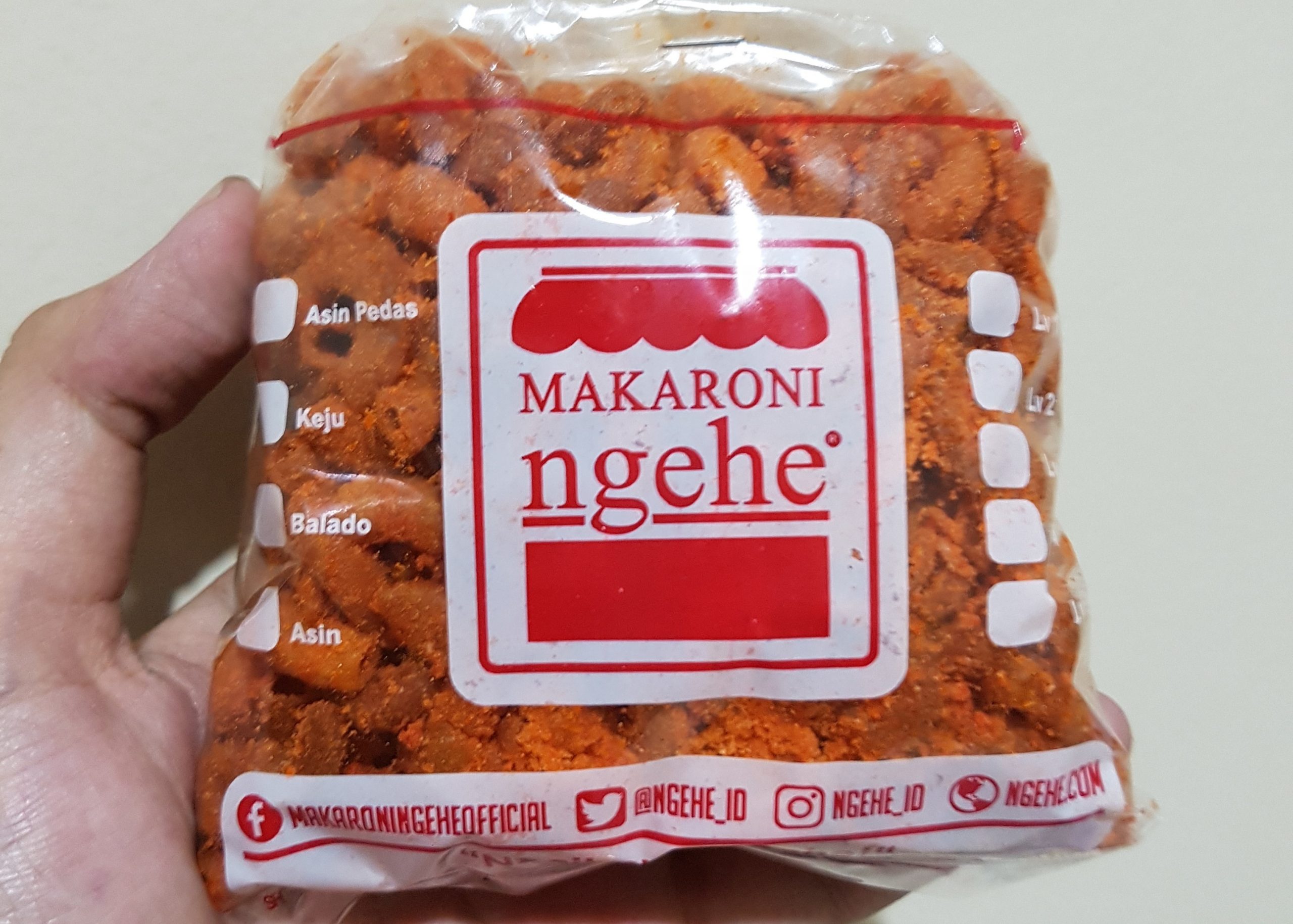
However, adults prefer to buy dried macaroni that is packaged well and sold under certain brands, for example, ‘Makaroni Ngehe.’ When you’re sleepy at work or want to snack, Indonesians will order snacks directly through the GO-JEK or GRAB platforms, or order through an office assistant.
So don’t be surprised if the ‘Makaroni Ngehe’ business, which was established in 2013, can earn a turnover of up to Rp 3 billion per month. This amount is equivalent to 192,045 USD!
For Indonesians, this snacking habit is not only done in schools or workplaces because the majority of Indonesians feel more ordinary snacking at home compared to other places.
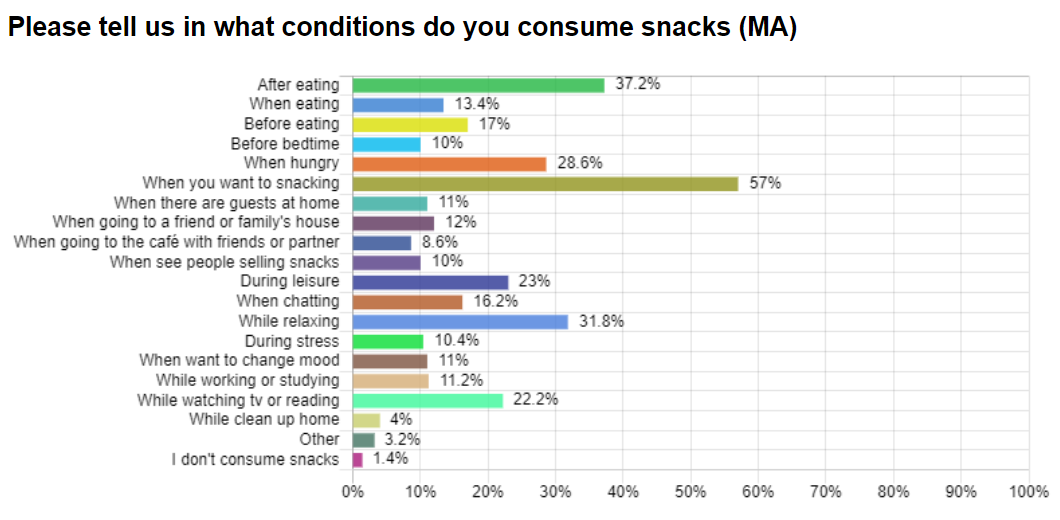
If asked, what is the reason for Indonesians snacking? 57 percent of respondents said they would snack just because they wanted to snack.
Snacking habits will also usually be made in other people’s homes. In Indonesia, snacks are generally always provided in the living room as a treat for guests who come.
When the Eid holiday arrives, the number of snacks served in the living room will be unlimited! Because Indonesians have the habit of visiting relatives or neighbors from house to house during the Eid holiday. Visiting is not complete without tasting snacks prepared by the host.
The picture below is a typical guest room in Indonesia when Eid al-Fitr arrives. On the table will be filled with snack boxes and a stack of bottled mineral water.
When guests arrive, usually all snack boxes on the table will be opened. So, guests and hosts can chat while snacking. Sometimes, you will come to one house because remember if they had a delicious snack in the previous year.
Towards Eid al-Fitr, usually, snack sellers will increase. People who typically don’t brag about snacks will switch professions to become snack sellers! People will also be competing to meet their living room table with a variety of different snacks.
During the holy month of Ramadhan (it’s before Eid al-Fitr), Muslims fast for one whole month. Every day from the dawn to the dusk, they abstain from eating any food and drink any liquid. Guess what their ritual to close the fasting?
It’s “eat something sweets”. The end of Ramadhan, Eid al–Fitr, is an occasion to rejoice with loves one and indulge in an array of delicious food. It is also known as “festival of breaking the feats” or “sweet eid”
What snacks do Indonesians like?
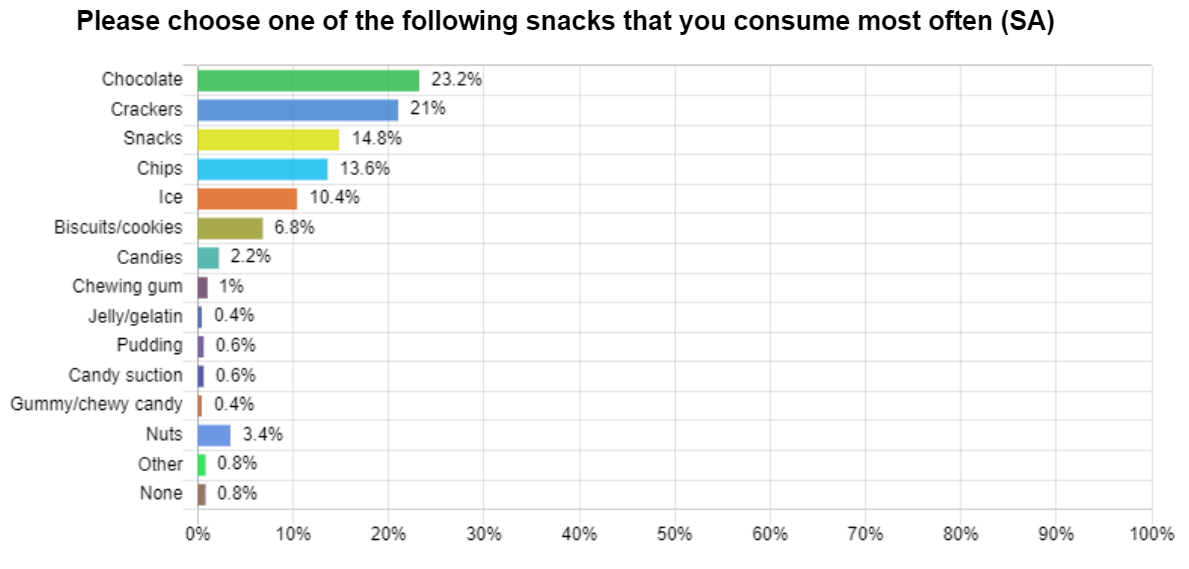 As a country with rich cuisine culture, Indonesia also has diverse snack variations from each region, from the west to the east. But, apparently, the most popular snack in Indonesia is chocolate, followed by crackers and chips.
As a country with rich cuisine culture, Indonesia also has diverse snack variations from each region, from the west to the east. But, apparently, the most popular snack in Indonesia is chocolate, followed by crackers and chips.
While chocolate is labeled as a western snack, apparently, Indonesia is the third biggest cocoa producer in the world! In general, there are almost 260,000 tons of cocoa each year. Indonesia also has a proudness in good quality chocolate in some areas such as Aceh, East Java, Bali, and Flores.
Indonesian also favor those snacks that come in slices and smaller bits because it can share and take one’s time to enjoy. People also appreciate those shapes that are specially made to make the crunch sound, like crackers and chips.
The variation of flavor is endless: from traditional cracker named ‘krupuk’ (an everyday meal companion) to the bolder taste of salmon teriyaki chips and burning cassava sprinkled with chili powder. People resort to snack when they want to have some ‘taste’ in their mouth.
It has been widely known that Indonesians have become addicted to the tasty and greasy taste of unhealthy food. It also includes food that has too much sugar and monosodium glutamate.
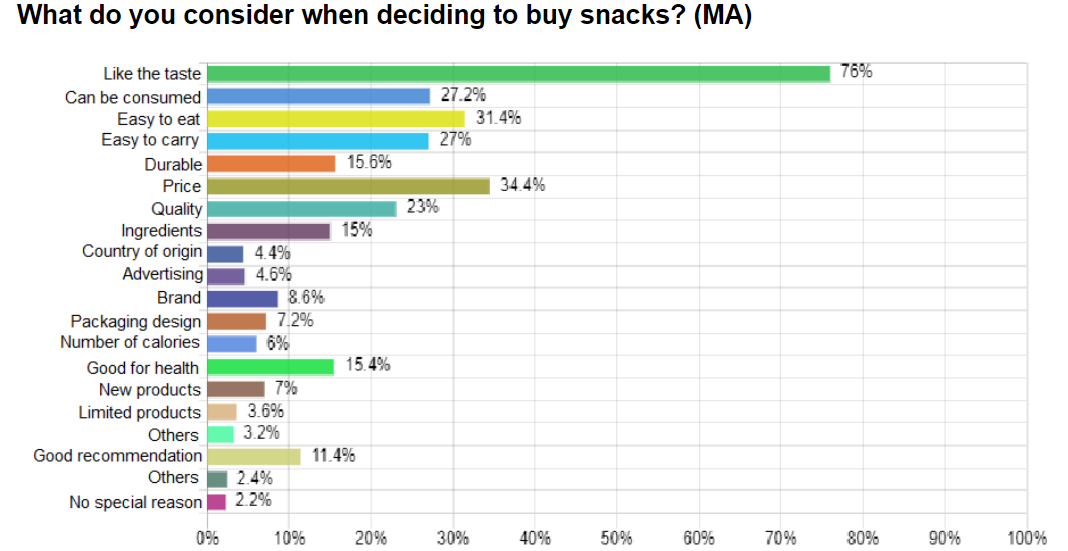
As 76 percent snackers perceive that the taste is the most important. Besides taste, convenience also a considerable choice driver: people seek something that light to eat and also easy to carry. And don’t forget about the price!
In short, Indonesian people don’t need a particular reason to enjoy a snack! For Indonesian, snacking is their craving urge. The various flavor and ‘cracking’ sound are always there to accompany people during their recreation.
Indonesian people in general really like snacking, there are even quite a lot of people who snack every day. But, snacking will be a culture that is carried out by everyone when the Eid al-Fitr celebration arrives.


















No comments yet.